Frankly, quite a few of the politicians who emerged after the Velvet Revolutionhave behaved in a way that does not exactly allay the common taxpayer’s distrust (see: Pepa from Hong Kong).
This common disdain has, obviously, its roots in the era of communism, and it can be described in lengthy studies. Here, however, we will put it in a nutshell:
In the communist society that collapsed in 1989, political influence gave you money. In a Western, capitalist society, money gives you political influence. In a post-communist, neo-capitalist country like the Czech Republic, money gives you political influence, while political influence ranks just behind the lottery as the fastest way in which a commoner can get rich without working too hard (see: Personal Connections).
The statistics’ message is unambiguous: there is probably no other country in Europe with a higher density of atheists and non-religious people than the Czech Republic. In 1991, almost 40 percent of the population stated that they had no religious affiliation at all. Ten years later, the National Census showed that the number of non-believers had reached a record 60 percent of the population! Quite an achievement compared to neighbouring Poland, Bavaria, Slovakia and Austria, where people take great pride in presenting themselves as good Catholics.
Why have the Czechs become so thoroughly secularised? As you might guess, it’s not only because the Pope wears funny hats, but because of historic reasons. Let’s move some 600 years back in time.
The body of Jan Hus, who was burnt at a stake as heretic in July 1415, had barely turned to ashes when wild turmoil broke out among his followers in Prague. The subsequent Hussite Wars raged for two decades. Thanks to the fighting spirit and also appalling brutality demonstrated by the Hussite Boží bojovníci (God’s Warriors) and their military leader, the one-eyed Jan Žižka, Rome decided to grant the rebellious Czechs certain concessions in 1436.
Most important among them was the revolutionary innovation of letting common believers taste the Communion wine (thus making the chalice the Hussites’ main symbol). This period of relative religious tolerance lasted until 1620, when the mainly Protestant Czechs suffered their “heroic defeat” in the Battle of White Mountain, and the victorious Habsburgs then launched a forced Counter-Reformation.
This treatment has apparently marked the Czechs’ relations to religion forever. The historian Dušan Třeštík puts it like this:
“After the Battle of White Mountain, we found ourselves between two camps — the Catholic and the Protestant. When the Czechs, during the national revival 250 years later, emerged as a self-confident and modem nation, they naturally started to distance themselves from the AustrianHabsburgs — and their main ally, the Catholic Church. Since the Czechs supported the liberal ideas of that time, we should logically have become Protestants. But ultimately, we didn’t become either Protestants or Catholics, either Liberals or Conservatives, only atheists.”
Indeed, when Czechoslovakia emerged as an independent state in 1918, the Catholic Church, because of its close ties with the former rulers in Vienna, didn’t exactly enjoy high credit among urban Czechs (but in Moraviait did — and still does). As one of its first measures, the Prague government expropriated vast lands belonging to the Church, and symbols of its glory, such as the magnificent Marian column at Prague’s Old Town Square, were torn down. On the other hand, the teaching of Jan Hus underwent a certain revival. Feeling that changes were imminent, his followers (see: Sokol) had already erected a monument of the Mister on Prague’s Old Town Square in 1915.
Five years later, they established the Czechoslovak Church (officially renamed the Czechoslovak Hussite Church in 1971), a liberal Protestant Church, which was to carry on Hus’ ideals. Even though the Hussites didn’t succeed in their ambitions of becoming Czechoslovakia’s state church, they were supported by some of the First Republic’smost influential persons. President Tomáš G. Masarykhimself was an ardent Hussite, and infuriated the country’s Catholic clergy every 6th of July by hoisting a flag featuring the Hussites’ chalice outside his residence at the Prague Castle.
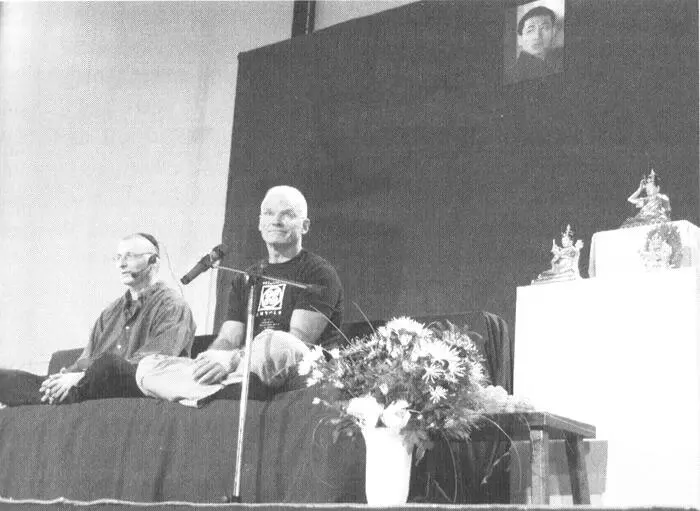
Photo © Jaroslav Fišer
The flourishing of religion during the First Republic ended in 1938 with the Munich Agreement, which heralded a half-century of tyranny hostile both to the Catholic Church and to their Evangelic and Protestant brethren. True to Lenin’s words that “religion is the opiate of the masses”, the communists, who seized power 10 years later, did their utmost to complicate life for believers.
In the early 1950s, thousands of Catholic clergymen, monks and nuns were locked up (some of them even killed), and churches of all denominations were held under constant surveillance by the Secret Police. Any Czech, eager to have a career, was better off not turning up to mass. This applied especially if you happened to be a Jew. The small community (hat survived the Holocaust was not only regarded as suspicious because of their religious convictions, but, due to the regime’s pro-Arab orientation, they were politically “highly unreliable” as well.
Also when it came to religion, the Bolshevik regime played skilfully with sticks and carrots (see: Communism). While those members of the clergy who demonstrated personal integrity were mercilessly badgered — Prague’s archbishop, Josef Beran, was interned for 14 years, and then, in 1965, deported to Rome, where he soon after died — those willing to pay lip service were richly rewarded. For the Catholic clergy, this meant membership in Pacem in Terris , a quisling organization, which was supposed to give the worldthe false impression that Czechs and Slovaksenjoyed religious freedom.
It’s an unarguable fact that a significant part of the Catholic priests succumbed to the hard pressure (because of softer treatment, the collaboration was not so widespread and apparent among the Evangelic and Protestant clergy). Consequently, while Poland’s Catholic church acted as a moral force, which gave ordinary people support and spiritual guidance during communism, many of their Czech brethren (but not all!) confirmed the Church’s reputation as more loyal to the rulers — whomever they might be — than to the people. Not surprisingly, when an unofficial list of the Secret Police’s agents was published in 1992 (see: Lustration), several prominent clergymen were named among the alleged informers.
So, what is the situation today? According to the National Census in 2001, the Catholic Church tops the religious ranking list with 2.7 million members, down from 3.7 million in 1991. The great outflow is commonly explained as a result of the secularisation that is going on in all European countries, and also because of one specifically Czech syndrome — the Church’s haggling with the state about the ownership of real estate holdings (“greedy Bible thumpers”).
The Catholics are trailed, at a rather significant distance, by the Church of Czech Evangelic Brethren (120,000 members) and the Czechoslovak Hussite Church (100,000) — both of which, interestingly, have a distinct majority of female members. The Christian ranking list is rounded off by the Augsburgian Evangelic Church (29,000), the Jehovah’s Witnesses (24,000) and the Orthodox Church (23,000). According to the Census, there are also some 3,700 Muslims and 1,500 Jews registered in the Czech Republic, but in reality both groups probably number several times as many.
Читать дальше
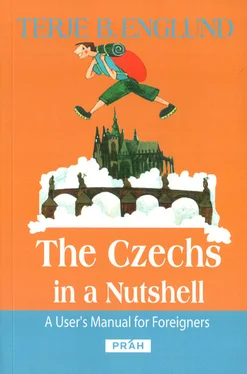

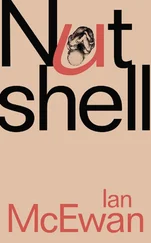
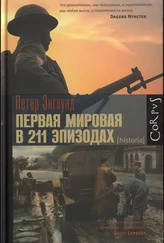


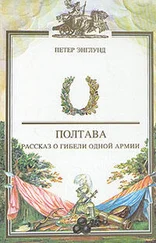

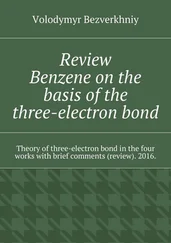
![Theresa Cheung - The Dream Dictionary from A to Z [Revised edition] - The Ultimate A–Z to Interpret the Secrets of Your Dreams](/books/692092/theresa-cheung-the-dream-dictionary-from-a-to-z-r-thumb.webp)



